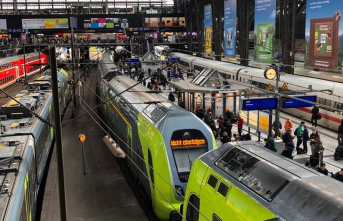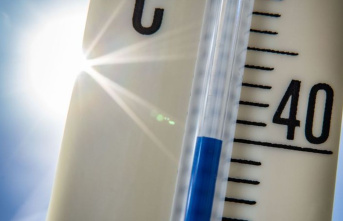Summer is coming soon and it's time to travel. For those who go by car, sometimes reaching the final destination is a headache. Above all, if the GPS is not used, whose device cannot be manipulated at the wheel, since it carries a fine of 200 euros and the withdrawal of 3 points from the license. Searching for the apartment or hotel can be complicated depending on the city. For those who have gotten lost, the DGT gives a series of tips to follow.
Do not panic, since the first reaction may be to stop paying attention to the road and the traffic circumstances, looking for some visual reference in the environment. So if you have a full tank with the vehicle in good condition, relax.
If we get hopelessly lost, as Octavio Ortega, an expert in road safety at the PONS Foundation, defends, "the best thing is to stop to get our bearings". Going around desperately trying to find the way, explains Ortega, "can only serve to increase the chances of having an incident, and even if it is more difficult for us men, there is nothing wrong with asking." Find a suitable place to stop. Once there, rebuild your trip, ask, write down, even make a plan; then sit back up.
From the National Confederation of Driving Schools (CNAE) they explain that it is advisable to reduce speed a little and maintain a safe distance, so that we can have "that valuable time to interpret the signs that we do not know."
If you entered an unfamiliar city or neighborhood from the south, for example, and your destination is to the northeast, you should remember that every left turn separates you from your objective, and therefore you should do your best to turn left. the right.
Octavio Ortega, an expert from the Pons Foundation, considers it essential to "make a mental image of the city map, that is, take certain references to orient yourself later, such as: the river, the Plaza Mayor, the wall, the main avenue, an important monument, etc.”
The most important thing is to respect the signs. Don't let nerves make you forget your primary role behind the wheel. Roberto Ramos recalls the importance of signs such as the prohibited entry to not access a street in the opposite direction. You also have to be very attentive to road markings, "especially the lane selection arrows so as not to find yourself at any time in a lane that does not allow you to carry out one or another maneuver."
Lastly, don't forget the traffic lights, particularly those that have an "annex box that allows the lighting of green arrows, or black on a flashing yellow background," says Ramos. In any case, concentrate on driving: if you have to get your bearings it is better to stop and ask or stop and get your bearings on foot.
If in addition to being lost, confused and disoriented, the co-pilot rebukes you, annoyed, for being lost, bad business. On the other hand, a co-pilot who collaborates by looking for references or keeping calm, is of great help.
To prevent this from happening again, it is best to plan your itinerary in advance. If you have to view street maps, the most complete are usually those offered by the websites of some town halls, even with free downloadable mobile applications.
Be careful with the GPS. Not all information is up to date. He would not be the first driver to end up in a compromising situation for driving on streets restricted to traffic at certain times or on closed streets.
7












